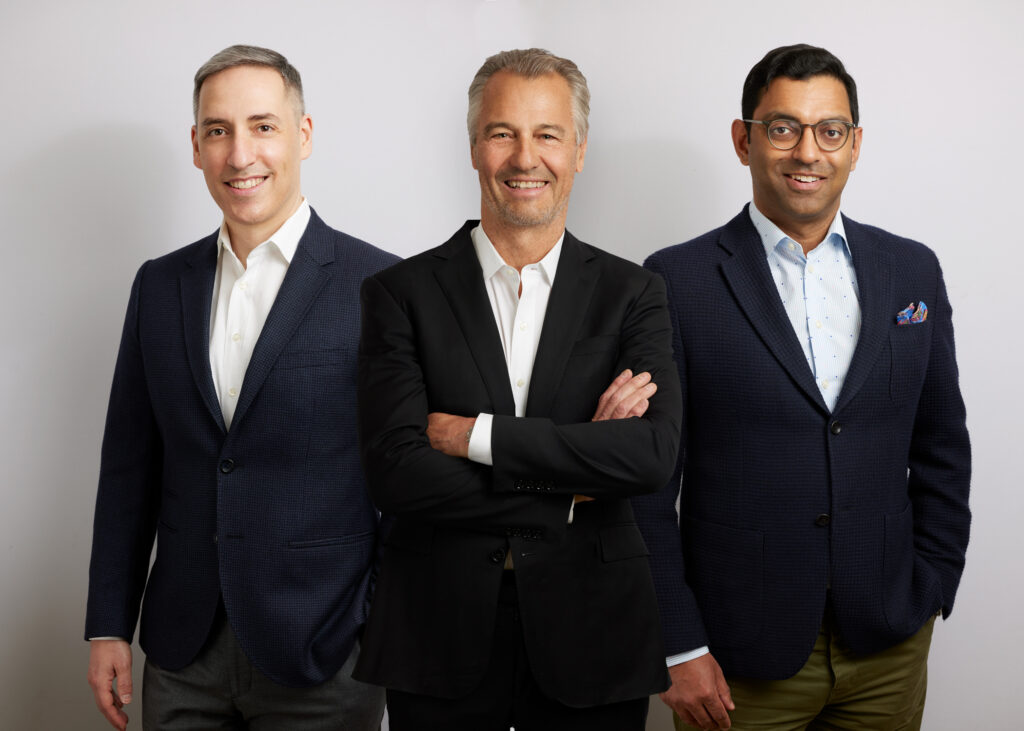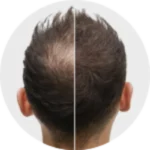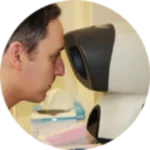TOP 5 BENEFITS OF FUE HAIR TRANSPLANTATION SURGERY
Hair restoration can be a life-changing procedure for men and women who have felt embarrassed about their hair loss. Here are some of the advantages this surgery can bring:
1. Improved Looks and Self-Esteem
This type of procedure will provide you with the opportunity to feel proud of the way you look, maybe for the first time in several years. Many of our patients report that their hair loss has impacted their self-esteem, dating life, and general well-being. The majority of people who undergo hair restoration at the Toronto Hair Transplant Surgeons report a greater improved sense of self after their procedure.
2. Natural-Looking Results
Despite the rapid advancements in hair restoration technology, many people who are good candidates for a hair transplant avoid the procedure because they believe their results will look fake. In fact, surgeons have now perfected the craft to the point that when the results are final, no one will be able to detect that you had anything done.
3. Minimally Invasive
While hair transplantation is considered a surgical procedure, with FUE, there are no sutures, bandages or incisions to manage. It is a same-day procedure, and you can go back to work the next day if you so choose –although many patients take a day or two off to rest and recover. Whichever path you decide to go down, you will do with minimal if any detection.
4. Permanent Results
The hair growing on the back and sides of your head is genetically programmed to be permanent. The hair retains this quality after getting transplanted to the top of the head, too. It will continue to grow on its own and no further hair transplantation will be required to maintain it.
During your procedure, your doctor here at the Toronto Hair Transplant Surgeons will transplant your grafts into the areas that were targetted for improvement. For the most part, you’ll be able to carry on with your day following your procedure as you normally would, but, there is still a small window of healing required for your scalp.
During the first three months after your hair transplant you will probably see some hair fall, but don’t be alarmed! It’s entirely normal and part of the recovery process.
Once the restoration cycle has finished your transplanted follicles will begin to grow. This hair is permanent.
5. No More Wigs, Hats or Scarves
Once your hair grows in, you will be able to cut, wash, colour and style it in any manner you wish. You won’t have to mask your hair loss with hats or wigs and can instead step out with full confidence in your healthy, growing head of hair.












